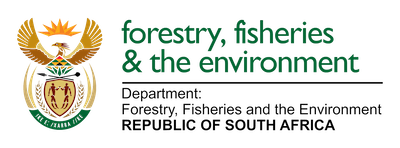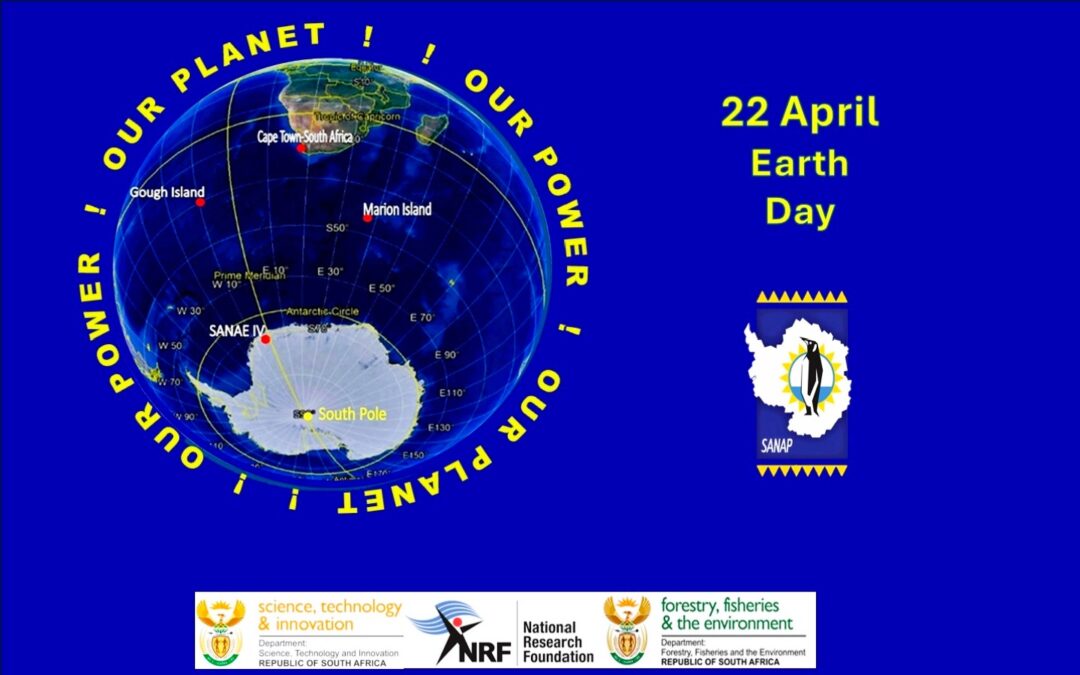
by Ria Olivier | Apr 22, 2025 | International Days, Research, SANAP, Science
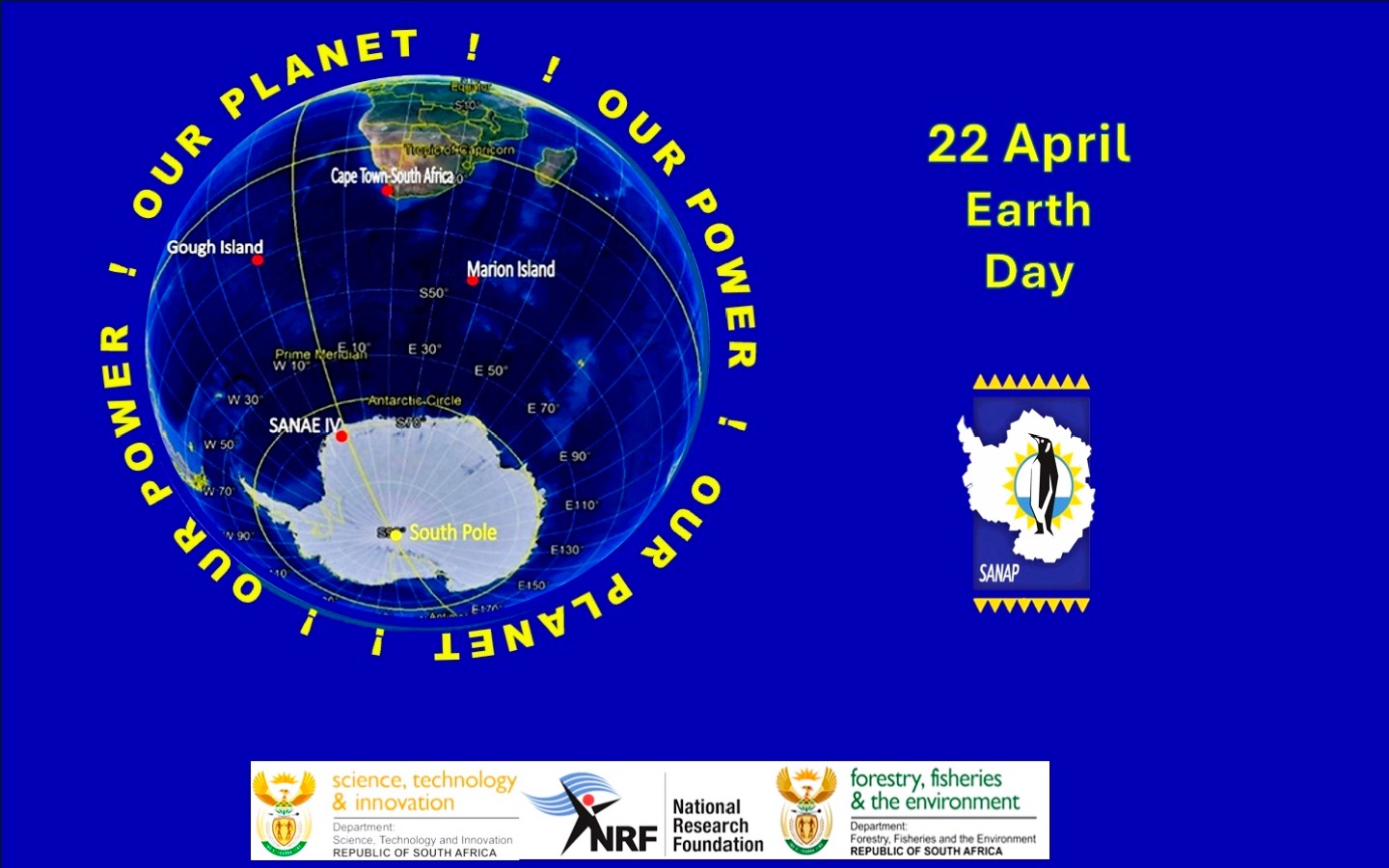 On Earth Day 2025, we recognize the vital role of science in securing the future of our planet. South Africa’s commitment to environmental stewardship is powerfully reflected in its research presence at Antarctica, Marion Island, and Gough Island, under the South African National Antarctic Programme (SANAP). These remote, pristine locations serve as natural laboratories for understanding global climate systems, ocean circulation, and the health of marine ecosystems. From monitoring atmospheric carbon levels in Antarctica to studying biodiversity on Marion Island, South African researchers are gathering critical data that informs climate models, shapes conservation strategies, and guides global efforts to mitigate climate change.
On Earth Day 2025, we recognize the vital role of science in securing the future of our planet. South Africa’s commitment to environmental stewardship is powerfully reflected in its research presence at Antarctica, Marion Island, and Gough Island, under the South African National Antarctic Programme (SANAP). These remote, pristine locations serve as natural laboratories for understanding global climate systems, ocean circulation, and the health of marine ecosystems. From monitoring atmospheric carbon levels in Antarctica to studying biodiversity on Marion Island, South African researchers are gathering critical data that informs climate models, shapes conservation strategies, and guides global efforts to mitigate climate change.
 The work conducted through SANAP not only enhances our understanding of Earth’s most vulnerable environments but also strengthens global collaboration on environmental sustainability. Long-term monitoring of weather patterns, sea temperatures, and wildlife populations across these islands contributes directly to international climate assessments and helps predict future planetary changes. As we mark Earth Day, let us celebrate the dedication of researchers who brave the extremes to ensure a liveable Earth for generations to come. Their efforts remind us that the answers to many of our environmental challenges lie in the farthest corners of our world—and that the time to act on them is now.
The work conducted through SANAP not only enhances our understanding of Earth’s most vulnerable environments but also strengthens global collaboration on environmental sustainability. Long-term monitoring of weather patterns, sea temperatures, and wildlife populations across these islands contributes directly to international climate assessments and helps predict future planetary changes. As we mark Earth Day, let us celebrate the dedication of researchers who brave the extremes to ensure a liveable Earth for generations to come. Their efforts remind us that the answers to many of our environmental challenges lie in the farthest corners of our world—and that the time to act on them is now.
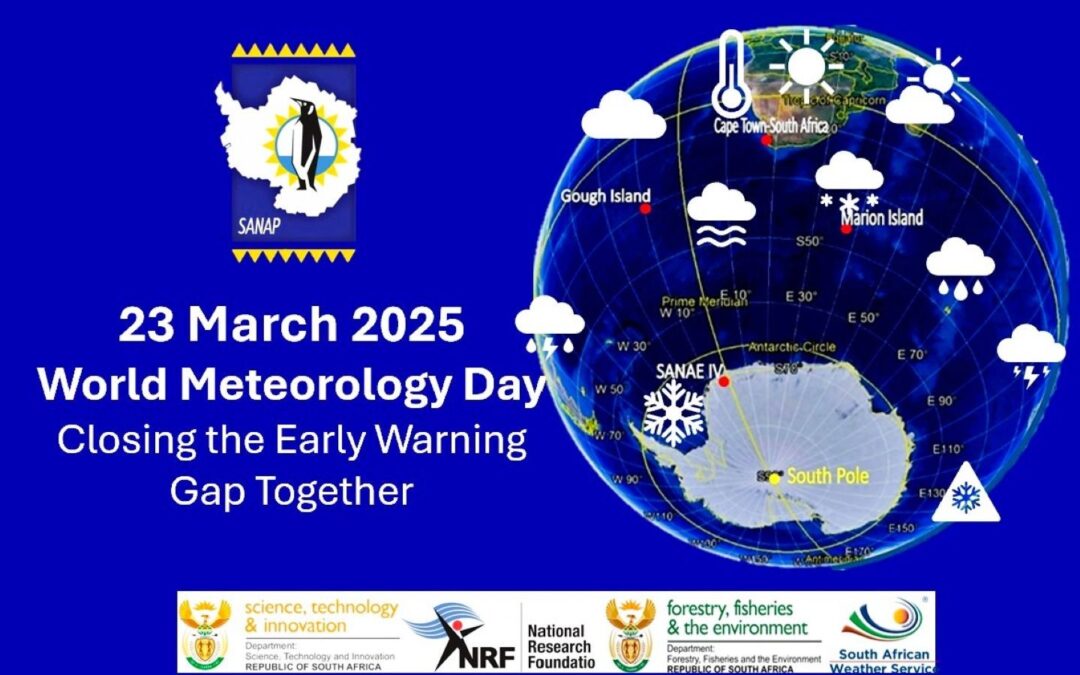
by Ria Olivier | Mar 23, 2025 | Antarctica, Gough Island, International Days, Marion Island, Meteorology, Overwintering Team, Research

 Each year, on March 23rd, the global community observes World Meteorological Day, commemorating the establishment of the World Meteorological Organization (WMO) in 1950. This day highlights the pivotal role meteorology plays in ensuring the safety and well-being of societies worldwide. In 2025, we focus on the indispensable contributions of meteorologists stationed at the South African National Antarctic Programme’s (SANAP) remote research stations: SANAE IV in Antarctica, Marion Island, and Gough Island.
Each year, on March 23rd, the global community observes World Meteorological Day, commemorating the establishment of the World Meteorological Organization (WMO) in 1950. This day highlights the pivotal role meteorology plays in ensuring the safety and well-being of societies worldwide. In 2025, we focus on the indispensable contributions of meteorologists stationed at the South African National Antarctic Programme’s (SANAP) remote research stations: SANAE IV in Antarctica, Marion Island, and Gough Island.
 On this World Meteorological Day, we extend our gratitude to the meteorologists of SANAP’s overwintering teams. Their unwavering commitment and resilience in some of the most challenging environments ensure that we continue to deepen our understanding of Earth’s atmospheric processes, ultimately contributing to the safety and well-being of societies worldwide.
On this World Meteorological Day, we extend our gratitude to the meteorologists of SANAP’s overwintering teams. Their unwavering commitment and resilience in some of the most challenging environments ensure that we continue to deepen our understanding of Earth’s atmospheric processes, ultimately contributing to the safety and well-being of societies worldwide.
 SANAE IV (South African National Antarctic Expedition IV): Located at 71°S, 2°W in Antarctica, SANAE IV. Meteorological observations are conducted year-round, providing critical data on atmospheric conditions in this remote region.
SANAE IV (South African National Antarctic Expedition IV): Located at 71°S, 2°W in Antarctica, SANAE IV. Meteorological observations are conducted year-round, providing critical data on atmospheric conditions in this remote region.
Marion Island: Situated at 46°S, 37°E in the Southern Indian Ocean. The island’s meteorological station collects essential weather data, contributing to climate studies and aiding in the understanding of global weather patterns.
Gough Island: Located at 40°S, 9°W in the South Atlantic Ocean, Gough Island has hosted a South African weather station since 1956. The station conducts hourly climate observations and upper-air ascents, playing a crucial role in monitoring weather systems that can impact South Africa.
Meteorologists assigned to these stations undertake year-long deployments, known as overwintering periods, during which they perform several critical functions:
Surface Observations: Conducting regular measurements of temperature, humidity, wind speed, and other atmospheric parameters to monitor and document local weather conditions.
Upper-Air Observations: Launching weather balloons equipped with instruments to collect data on atmospheric pressure, temperature, and humidity at various altitudes, which is vital for understanding weather patterns and forecasting.
Equipment Maintenance: Ensuring that all meteorological instruments and equipment are calibrated and functioning correctly to maintain the accuracy and reliability of collected data.
Data Management: Recording, analyzing, and transmitting collected meteorological data to the South African Weather Service (SAWS) and other relevant organizations for use in weather forecasting and climate research.
The data collected by SANAP’s overwintering meteorologists contribute significantly to:
Weather Forecasting: Providing accurate and timely data that enhance the precision of weather forecasts, benefiting maritime navigation, aviation, and local communities.
Climate Research: Offering valuable insights into climate variability and change, particularly in the understudied southern hemisphere regions.
Environmental Monitoring: Supporting studies on the interactions between the atmosphere and the unique ecosystems of Antarctica and the sub-Antarctic islands, aiding in the conservation of these fragile environments.

by Ria Olivier | Feb 11, 2025 | Announcement, Antarctica, Overwintering Team, SANAE
The South African National Antarctic Programme (SANAP) proudly announces the members of the SANAE 64 Overwintering Team, who will be stationed at the SANAE IV research base in Antarctica for the 2024-2025 season. These dedicated individuals will brave the extreme conditions of the Antarctic winter, conducting essential scientific research and maintaining the operations of the base. (Image below taken at Cape Town Harbour before leaving for SANAEIV)
 Meet the SANAE 64 Team
Meet the SANAE 64 Team
The SANAE 64 team comprises experts from various disciplines, including meteorology, engineering, medicine, and communications. Each member plays a crucial role in ensuring the success of South Africa’s Antarctic research programme.
 SNR Meteorological Technician / Team Leader: Mbulaheni Kelcey Maewashe – SAWS
SNR Meteorological Technician / Team Leader: Mbulaheni Kelcey Maewashe – SAWS
Electronics Engineer /Deputy Team Leader: Nivek Ghazi – SANSA
Medical Doctor: Dr Sihle Mpho Lawana – DFFE
Mechanical Engineer: Nkululeko Welcome Khoza – DFFE
Communications Engineer: Athenkosi Mabope – DFFE
Electronics Engineer: Geomarr van Tonder – SANSA
Instrumentation Technician: Allowed Tumelo Seepane –DFFE
Diesel Mechanic: Alian Stuart Jacobs – DFFE
Electro Mechanical Engineer: Lebogang James Tsime –DFFE
The SANAE 64 team will continue vital research initiatives, including climate monitoring, atmospheric studies, and geological surveys. They will also ensure the maintenance and functionality of the SANAE IV base throughout the long winter months. Overwintering in Antarctica is both a privilege and a challenge. The team will face months of extreme cold, isolation, and 24-hour darkness during the winter period. Their resilience, teamwork, and dedication are essential in continuing South Africa’s scientific contributions to global research efforts.
Follow Their Journey
Throughout their mission, the SANAE 64 team will provide updates on their work and experiences in Antarctica. Follow SANAP on social media and stay tuned for insights into life at SANAEIV.
We wish the SANAE 64 team a successful and safe expedition on this incredible journey!
by Ria Olivier | Feb 3, 2025 | Announcement, Geomorphology, Important Dates, Research, SANAP, SANAP Student, Science
 The International Conference on Geomorphology (ICG) 2025 is set to take place in breathtaking New Zealand, a land renowned for its dynamic landscapes and geological wonders. This global gathering of geomorphologists will provide a platform for cutting-edge discussions on landform processes, climate interactions, and Earth surface dynamics. We invite researchers, early-career scientists, and professionals to contribute to this exciting event by submitting abstracts to the special session:
The International Conference on Geomorphology (ICG) 2025 is set to take place in breathtaking New Zealand, a land renowned for its dynamic landscapes and geological wonders. This global gathering of geomorphologists will provide a platform for cutting-edge discussions on landform processes, climate interactions, and Earth surface dynamics. We invite researchers, early-career scientists, and professionals to contribute to this exciting event by submitting abstracts to the special session:
Geomorphological Insights from the Sub-Antarctic
Description: Sub-Antarctic islands, situated in the remote Southern Ocean, offer a unique geomorphological perspective due to their distinct geographical setting. These cold islands, characterized by both glacial and periglacial processes, provide crucial insights into the historical and ongoing changes in oceanic and atmospheric circulation patterns within the southern hemisphere mid-latitudes. Unlike their northern hemisphere counterparts, these islands experienced a different Last Glacial Maximum (LGM) and complex deglaciation, leading to unique geomorphological features and processes. The landforms of these islands serve as invaluable proxies for understanding landscape responses to climate change. Palaeo-climatic shifts have profoundly influenced geomorphological and cryogenic dynamics, shaping landforms and influencing ecosystem processes. Contemporary climatic changes, such as rising temperatures, moisture fluctuations, and increased frequency of extreme events, pose significant threats to these delicate geomorphological systems. These changes have the potential to push landscape and ecosystem processes beyond their existing environmental thresholds, impacting landforms and biodiversity. This session aims to explore the geomorphological significance of Sub-Antarctic islands and their role as indicators of environmental change. We invite contributions that highlight the geomorphological processes and dynamics that shape the landscape of these Sub- Antarctic Islands. Research focusing on the region’s geomorphological responses to past and present climatic conditions and the possible implications for ecosystem processes are particularly welcome. Emerging researchers are encouraged to submit their work to advance our understanding of these critical sentinel landscapes.
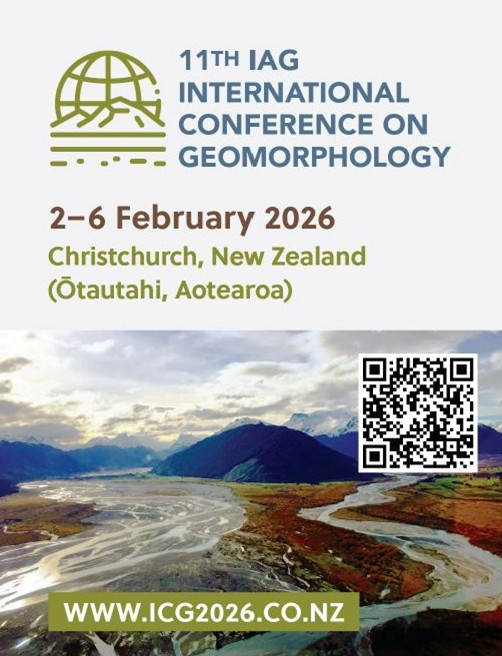
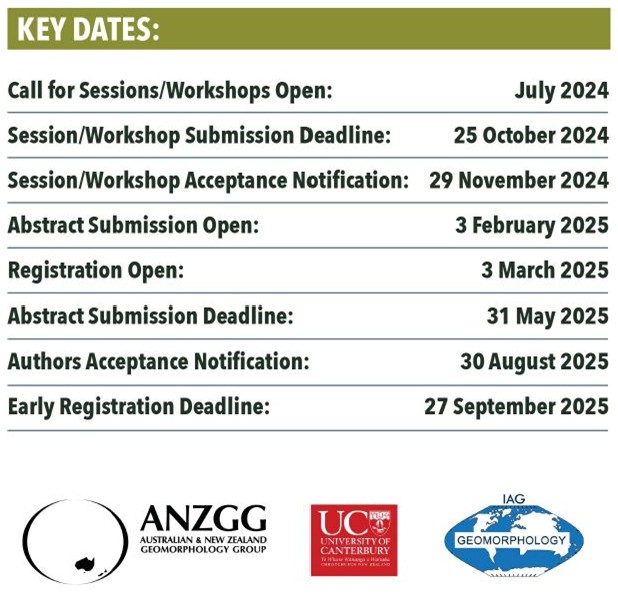 Who Should Submit?
Who Should Submit?
We strongly encourage early-career researchers, postgraduate students, and experienced scientists to contribute their work. This is an excellent opportunity to showcase your research to an international audience, gain valuable feedback, and network with leading experts in the field.
Abstract Submission Deadline: 31 May 2025!!
Don’t miss your chance to be part of ICG 2025 and contribute to this vital discussion on the evolving landscapes of the Sub-Antarctic.
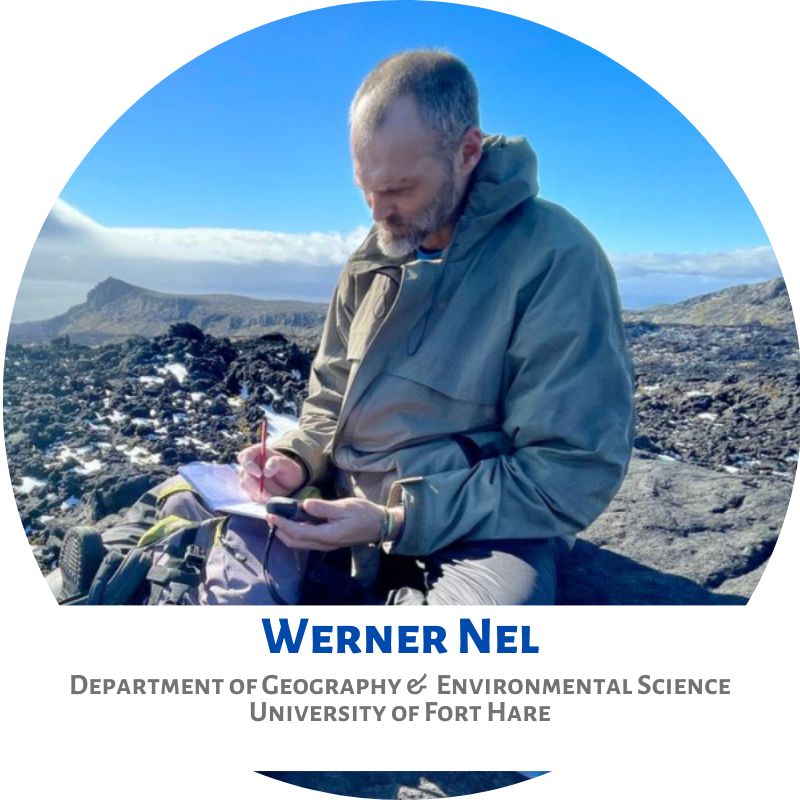 Message from Prof Werner Nel:
Message from Prof Werner Nel:
“Dear Friends and Colleagues, We are putting a session together for the International Conference on Geomorphology that will be held in Christchurch in February 2026. As you can see the session description is very open, so we can really put a nice diverse session together. We would like to ask you to consider submitting an abstract to the session.
Hope to see you there. All the best.” Werner Nel

by Ria Olivier | Jan 17, 2025 | Announcement, Antarctica, Gough Island, Marion Island, Prince Edward Islands, SA Agulhas II, SANAE, SANAP, Southern Ocean
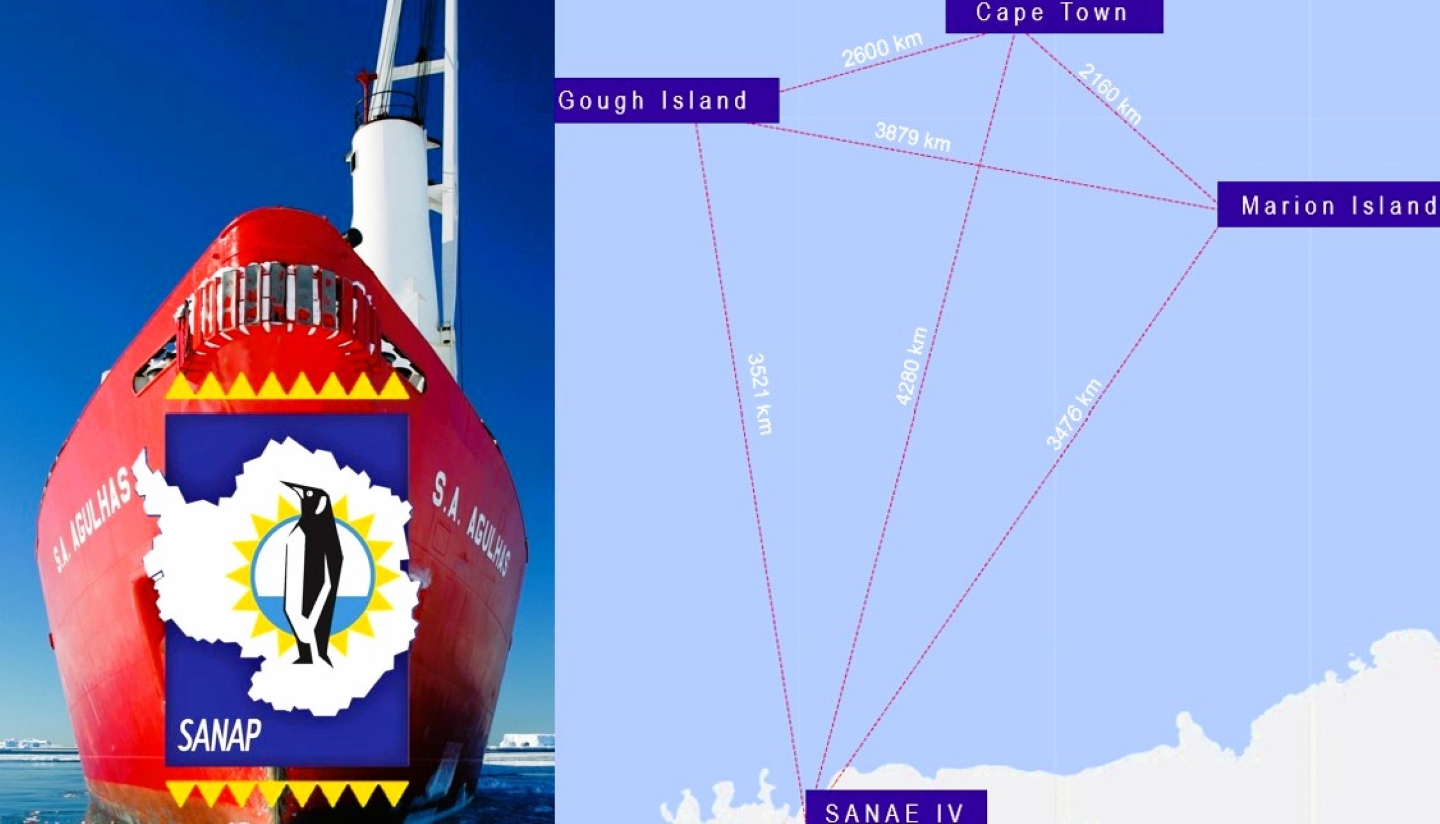
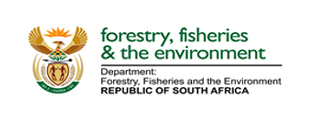 The Department of Forestry, Fisheries and the Environment is pleased to announce the upcoming voyage schedule for the S.A. Agulhas II for the 2025/2026 season. This state-of-the-art polar research and supply vessel will continue its vital role in supporting South Africa’s research stations in Antarctica and the sub-Antarctic islands. Below is the planned itinerary provided by the Department of Forestry Fisheries and the Environment:
The Department of Forestry, Fisheries and the Environment is pleased to announce the upcoming voyage schedule for the S.A. Agulhas II for the 2025/2026 season. This state-of-the-art polar research and supply vessel will continue its vital role in supporting South Africa’s research stations in Antarctica and the sub-Antarctic islands. Below is the planned itinerary provided by the Department of Forestry Fisheries and the Environment:
 DOWNLOAD PDF Voyage Schedule 2025-2026
DOWNLOAD PDF Voyage Schedule 2025-2026
DOWNLOAD PDF Voyage Schedule 2026 – 2027
Please note that these dates are subject to change based on operational requirements and weather conditions. For the most up-to-date information, please refer to the official voyage schedule on the South African National Antarctic Programme (SANAP) website.
SANAP
We look forward to another successful season of exploration and research, furthering our understanding of these remote and vital regions.

 On Earth Day 2025, we recognize the vital role of science in securing the future of our planet. South Africa’s commitment to environmental stewardship is powerfully reflected in its research presence at Antarctica, Marion Island, and Gough Island, under the South African National Antarctic Programme (SANAP). These remote, pristine locations serve as natural laboratories for understanding global climate systems, ocean circulation, and the health of marine ecosystems. From monitoring atmospheric carbon levels in Antarctica to studying biodiversity on Marion Island, South African researchers are gathering critical data that informs climate models, shapes conservation strategies, and guides global efforts to mitigate climate change.
On Earth Day 2025, we recognize the vital role of science in securing the future of our planet. South Africa’s commitment to environmental stewardship is powerfully reflected in its research presence at Antarctica, Marion Island, and Gough Island, under the South African National Antarctic Programme (SANAP). These remote, pristine locations serve as natural laboratories for understanding global climate systems, ocean circulation, and the health of marine ecosystems. From monitoring atmospheric carbon levels in Antarctica to studying biodiversity on Marion Island, South African researchers are gathering critical data that informs climate models, shapes conservation strategies, and guides global efforts to mitigate climate change. The work conducted through SANAP not only enhances our understanding of Earth’s most vulnerable environments but also strengthens global collaboration on environmental sustainability. Long-term monitoring of weather patterns, sea temperatures, and wildlife populations across these islands contributes directly to international climate assessments and helps predict future planetary changes. As we mark Earth Day, let us celebrate the dedication of researchers who brave the extremes to ensure a liveable Earth for generations to come. Their efforts remind us that the answers to many of our environmental challenges lie in the farthest corners of our world—and that the time to act on them is now.
The work conducted through SANAP not only enhances our understanding of Earth’s most vulnerable environments but also strengthens global collaboration on environmental sustainability. Long-term monitoring of weather patterns, sea temperatures, and wildlife populations across these islands contributes directly to international climate assessments and helps predict future planetary changes. As we mark Earth Day, let us celebrate the dedication of researchers who brave the extremes to ensure a liveable Earth for generations to come. Their efforts remind us that the answers to many of our environmental challenges lie in the farthest corners of our world—and that the time to act on them is now.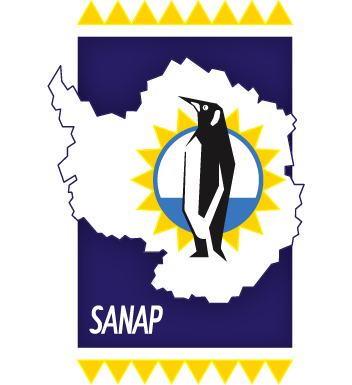


 Each year, on March 23rd, the global community observes World Meteorological Day, commemorating the establishment of the World Meteorological Organization (WMO) in 1950. This day highlights the pivotal role meteorology plays in ensuring the safety and well-being of societies worldwide. In 2025, we focus on the indispensable contributions of meteorologists stationed at the South African National Antarctic Programme’s (SANAP) remote research stations: SANAE IV in Antarctica, Marion Island, and Gough Island.
Each year, on March 23rd, the global community observes World Meteorological Day, commemorating the establishment of the World Meteorological Organization (WMO) in 1950. This day highlights the pivotal role meteorology plays in ensuring the safety and well-being of societies worldwide. In 2025, we focus on the indispensable contributions of meteorologists stationed at the South African National Antarctic Programme’s (SANAP) remote research stations: SANAE IV in Antarctica, Marion Island, and Gough Island. On this World Meteorological Day, we extend our gratitude to the meteorologists of SANAP’s overwintering teams. Their unwavering commitment and resilience in some of the most challenging environments ensure that we continue to deepen our understanding of Earth’s atmospheric processes, ultimately contributing to the safety and well-being of societies worldwide.
On this World Meteorological Day, we extend our gratitude to the meteorologists of SANAP’s overwintering teams. Their unwavering commitment and resilience in some of the most challenging environments ensure that we continue to deepen our understanding of Earth’s atmospheric processes, ultimately contributing to the safety and well-being of societies worldwide. SANAE IV (South African National Antarctic Expedition IV): Located at 71°S, 2°W in Antarctica, SANAE IV. Meteorological observations are conducted year-round, providing critical data on atmospheric conditions in this remote region.
SANAE IV (South African National Antarctic Expedition IV): Located at 71°S, 2°W in Antarctica, SANAE IV. Meteorological observations are conducted year-round, providing critical data on atmospheric conditions in this remote region.
 Meet the SANAE 64 Team
Meet the SANAE 64 Team SNR Meteorological Technician / Team Leader: Mbulaheni Kelcey Maewashe – SAWS
SNR Meteorological Technician / Team Leader: Mbulaheni Kelcey Maewashe – SAWS The
The 
 Who Should Submit?
Who Should Submit? Message from Prof Werner Nel:
Message from Prof Werner Nel:

 The Department of Forestry, Fisheries and the Environment is pleased to announce the upcoming voyage schedule for the S.A. Agulhas II for the 2025/2026 season. This state-of-the-art polar research and supply vessel will continue its vital role in supporting South Africa’s research stations in Antarctica and the sub-Antarctic islands. Below is the planned itinerary provided by the Department of Forestry Fisheries and the Environment:
The Department of Forestry, Fisheries and the Environment is pleased to announce the upcoming voyage schedule for the S.A. Agulhas II for the 2025/2026 season. This state-of-the-art polar research and supply vessel will continue its vital role in supporting South Africa’s research stations in Antarctica and the sub-Antarctic islands. Below is the planned itinerary provided by the Department of Forestry Fisheries and the Environment:

